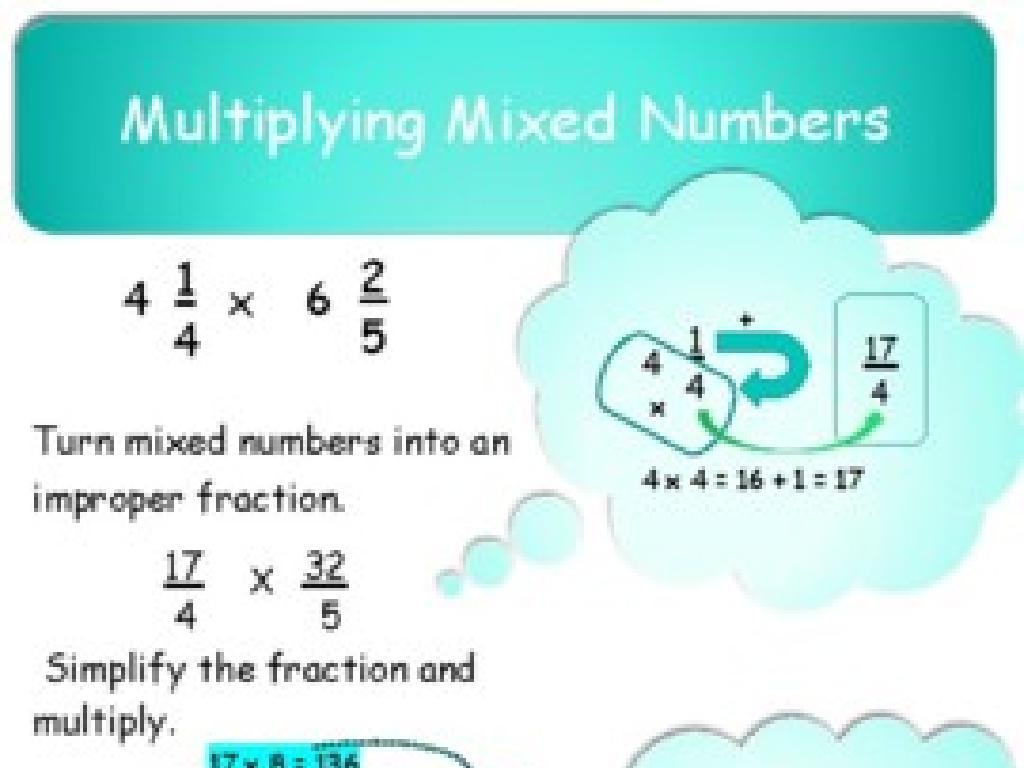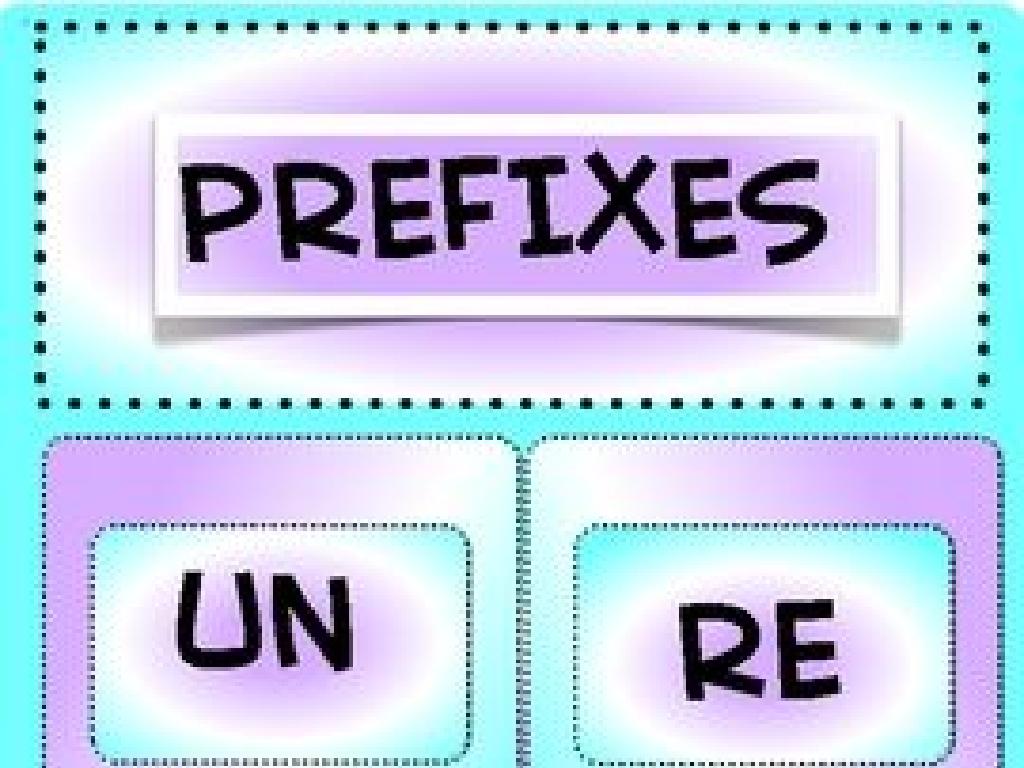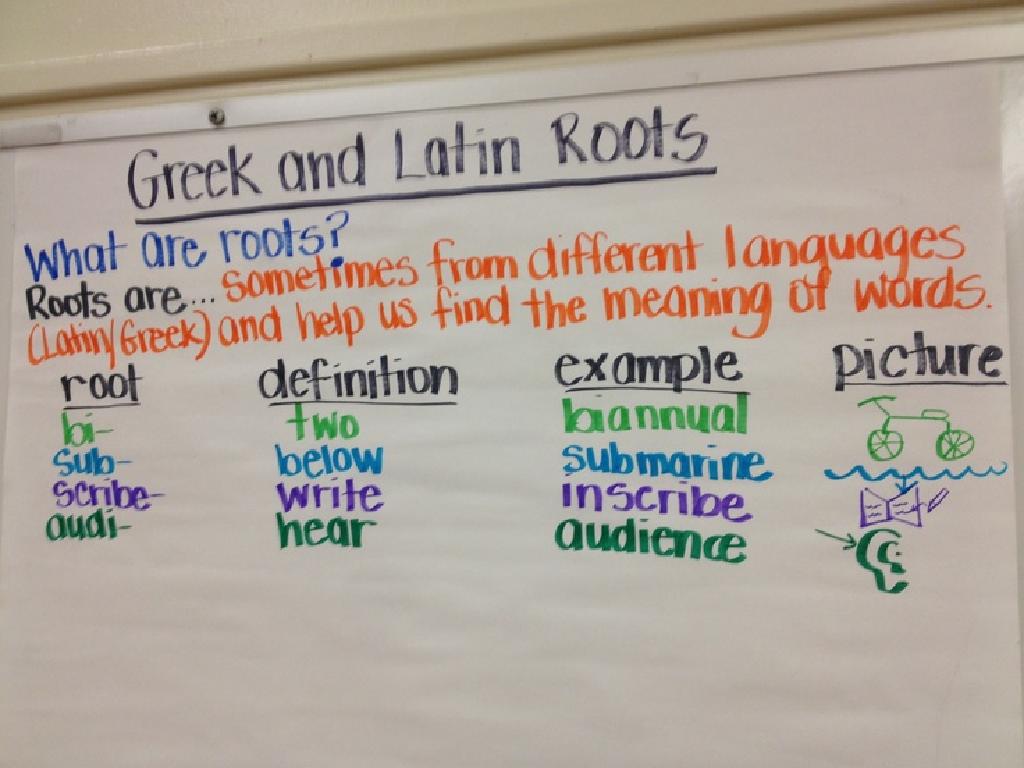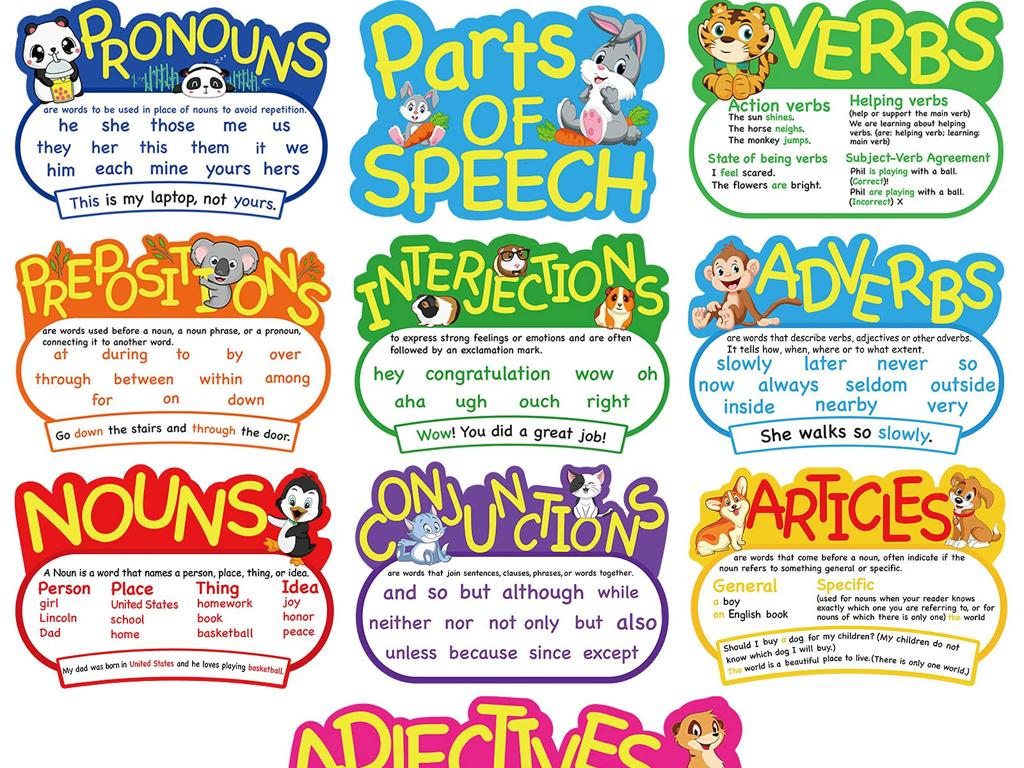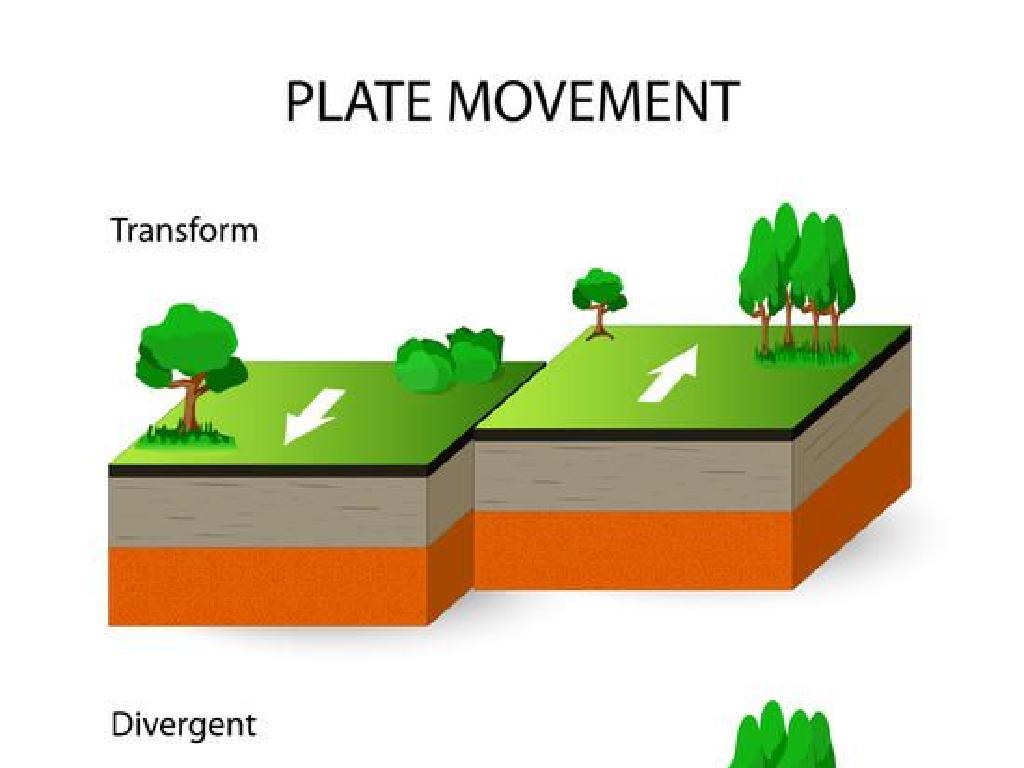Explore The Engineering-Design Process: Going To The Moon!
Subject: Science
Grade: Eighth grade
Topic: Engineering Practices
Please LOG IN to download the presentation. Access is available to registered users only.
View More Content
Engineering Our Way to the Moon
– Explore engineering practices
– Engineering involves problem-solving and creating solutions.
– Focus on the design process
– The design process is a series of steps engineers use to solve problems.
– Steps for a lunar mission
– From defining the problem to testing solutions, each step is crucial for success.
– Objective: Design understanding
– Grasp the stages to plan a real Moon mission.
|
This slide introduces students to the field of engineering, with a special focus on the engineering-design process as it relates to space exploration and specifically, missions to the Moon. The objective is to help students understand the systematic approach engineers take when designing a mission, which includes defining the problem, brainstorming solutions, planning, creating models, testing, and improving the design. Use examples from past lunar missions to illustrate these steps in a real-world context. Encourage students to think critically about each phase and how they would apply these steps if they were tasked with designing a mission to the Moon.
What is Engineering?
– Define engineering
– Application of science & math to solve problems
– Engineering’s societal role
– Engineers design technologies that improve lives
– Notable engineering feats
– Great Wall of China, Internet, smartphones
– Engineering & space exploration
– Apollo missions, Mars rovers, Artemis program
|
This slide introduces students to the concept of engineering within the context of societal development and space exploration. Begin with a definition of engineering, emphasizing its foundation in science and mathematics to create solutions to real-world problems. Discuss how engineering impacts daily life through the development of infrastructure, technology, and innovations. Highlight significant achievements such as ancient wonders, modern technology, and space exploration milestones. Relate these feats to the current topic of going to the Moon, illustrating how engineering design processes have been crucial in space missions from the Apollo era to the upcoming Artemis program. Encourage students to think about how engineering will continue to shape the future of space travel and exploration.
The Engineering-Design Process: Moon Mission
– Explore the Engineering-Design Process
– Key Steps: Ask, Imagine, Plan, Create, Improve
– Define problem, brainstorm solutions, devise a plan, build a model, then evaluate & refine
– Space Exploration: A Real-world Example
– How NASA engineers used these steps for lunar missions
– Continuous Improvement in Missions
– Iterative process: learning from each mission to enhance future technology
|
This slide introduces students to the engineering-design process, a series of steps that engineers use to solve problems. It’s crucial to emphasize that this process is non-linear and iterative, meaning that engineers often loop back to previous steps as they gather new information and insights. Use the example of space exploration, specifically lunar missions, to illustrate how NASA engineers ask questions to define their goals, imagine and brainstorm different solutions, plan their designs, create prototypes, and then continuously improve their spacecraft based on test results. Encourage students to think about how each step is critical in the process and how they might apply this thinking to their own projects.
Step 1: Ask – Planning a Lunar Mission
– Why aim for the Moon?
– Explore reasons for lunar exploration
– Mission requirements and constraints
– Safety, budget, technology, and timeline
– Formulating questions for planning
– What do we need to know before launch?
– Understanding the problem
|
This slide initiates the engineering-design process by focusing on the ‘Ask’ phase, crucial for understanding the purpose and challenges of a lunar mission. Students should consider why humanity seeks to visit the Moon, discussing scientific, technological, and exploratory incentives. Highlight the importance of identifying mission requirements such as safety measures, budget limitations, technological capabilities, and time constraints. Encourage students to think critically about the questions engineers and scientists must ask when planning a mission to the Moon, such as ‘What materials will withstand lunar conditions?’ or ‘How will astronauts sustain themselves?’. This discussion will help students grasp the complexity of space travel and the meticulous planning required for a successful mission.
Step 2: Imagine – Brainstorming Our Moon Mission
– Brainstorm solutions for Moon travel
– Foster creativity in design
– Think outside the box for unique ideas
– Sketch your Moon mission concept
– Draw your ideas on paper, no idea is too wild
– Embrace innovative thinking
|
This slide is focused on the ‘Imagine’ phase of the engineering-design process, where students brainstorm possible solutions for traveling to the Moon. Encourage them to think creatively and not to limit their ideas. The activity involves sketching their own design for a Moon mission, which allows them to visualize their innovative concepts. Provide a variety of materials for sketching and remind them that all ideas are welcome. For the teacher: prepare to facilitate the brainstorming session, offer prompts or challenges to spark ideas, and ensure that every student feels comfortable sharing their designs. Possible activities could include designing a lunar vehicle, a Moon base, or a method for sustaining life on the Moon.
Engineering Design Step 3: Planning for the Moon Mission
– Select the optimal solution
– Choose the most feasible and effective design for the lunar lander
– Develop detailed mission plans
– Create blueprints and models for the spacecraft and landing procedures
– Consider materials and budget
– Assess the cost and availability of materials; stay within budget constraints
– Outline the project timeline
– Establish a clear schedule for each phase of the project, from design to launch
|
This slide focuses on the third step of the engineering design process, which involves meticulous planning for a successful Moon mission. Students should understand the importance of selecting the best solution after considering various alternatives. Emphasize the need for developing comprehensive plans that include blueprints and models. Discuss the significance of material selection, cost management, and staying within budget. Finally, highlight the necessity of a well-defined timeline that outlines key milestones and deadlines. Encourage students to think critically about each aspect and how engineers must balance multiple factors to ensure mission success.
Step 4: Create – Prototyping a Moon Landing
– Building a prototype spacecraft
– Construct a model spacecraft as a physical representation of the design.
– Testing and troubleshooting phases
– Identify and fix design issues through repeated trials.
– Simulate a Moon landing with a model
– Example: Drop a model lander and adjust to ensure a soft landing.
– Iterative process of design
|
This slide focuses on the ‘Create’ phase of the engineering-design process, where students will apply their knowledge to build a prototype of a spacecraft designed for a Moon landing. Emphasize the importance of creating a tangible model to test ideas. Discuss the iterative nature of testing and troubleshooting, where each test is an opportunity to learn and improve the design. Use the example of simulating a Moon landing to illustrate how prototypes can be tested and refined. Encourage students to think creatively and to understand that failure is a valuable part of the learning process in engineering.
Step 5: Improve – Engineering a Moon Mission
– Analyze the prototype’s performance
– Examine how the prototype behaves under test conditions
– Refine the design for efficiency
– Make adjustments to enhance functionality and reliability
– Embrace learning from failures
– Failures provide critical insights for future success
– Iterative process of improvement
– Continual refinement leads to optimal design solutions
|
This slide focuses on the ‘Improve’ step of the engineering-design process, crucial when planning a mission to the Moon. Students should understand that analyzing the prototype’s performance under simulated conditions is key to identifying areas for improvement. Emphasize the iterative nature of refining the design, making it more efficient and reliable with each iteration. Highlight the importance of learning from failures, as they are valuable lessons that drive innovation and success. Encourage students to think like engineers who constantly evaluate and improve their designs to overcome challenges in space exploration.
Engineering in Space: Lunar Missions
– Engineering’s role in space history
– Space exploration milestones achieved through engineering, like Apollo 11.
– Challenges in engineering for the Moon
– Extreme temperatures, cosmic radiation, and microgravity conditions on lunar missions.
– Innovations for future space travel
– Advanced materials, robotics, and AI are shaping the future of space travel.
– Envisioning the next lunar journey
|
This slide aims to give students an understanding of the pivotal role engineering has played in space exploration, particularly in missions to the Moon. Highlight key achievements such as the Apollo missions, and discuss the various challenges engineers face when designing spacecraft and equipment for lunar conditions, including extreme environmental factors and the need for life support systems. Looking ahead, explore how emerging technologies like advanced materials, robotics, and artificial intelligence will revolutionize future space missions. Encourage students to think creatively about the solutions to these challenges and how they might contribute to the next era of space exploration.
Class Activity: Design Your Own Lunar Mission
– Understand the Engineering-Design Process
– Team up for a lunar mission plan
– Collaborate with classmates, assign roles
– Develop a mission design
– Consider budget, materials, and timeline
– Present your design to the class
– Share your team’s vision and work
|
This class activity is aimed at applying the engineering-design process in a practical and engaging way. Students will work in teams to simulate planning a mission to the Moon. They should consider real-world constraints such as budget, materials, and timeline. Each team member should have a role, such as project manager, engineer, or scientist, to contribute to the project effectively. Encourage creativity and critical thinking. Possible activities: designing a lunar lander model, calculating the trajectory for the mission, or creating a sustainable habitat for astronauts. The presentation of their design will help them practice public speaking and technical communication. Provide feedback on their designs and presentation skills.
Conclusion: Engineering Our Way to the Moon
– Recap the engineering-design process
– Reflect on the activity’s learnings
– Consider how each step contributed to the final design
– Discuss space engineering insights
– Share how engineering principles apply to space exploration
– Engage in a Q&A session
|
As we conclude our exploration of the engineering-design process, it’s important to reflect on the steps we’ve taken and how they contribute to solving complex problems like lunar travel. Encourage students to think about the iterative nature of design and how each revision brings us closer to a viable solution. During the Q&A, foster a discussion on the unique challenges of space engineering, such as extreme temperatures and the vacuum of space, and how engineers overcome these obstacles. This reflection will help solidify the students’ understanding and appreciation for the engineering field.

